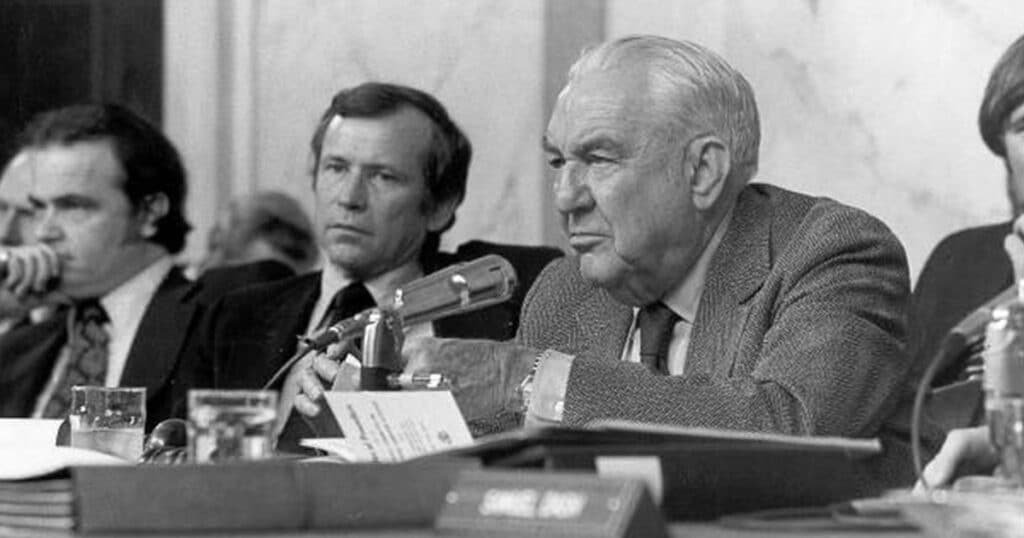沿革 1971年~1981年

1971 – 1981 Our humble beginnings
Founding members
The idea of Kreston was conceived in 1971 when the German firm Bansbach formed a relationship with the UK firm Finnie. The head of Bansbach at the time was Dr Gabriel Brösztl – he and Michael Ross, of UK firm Finnie, were co-founders. Gradually Gabriel and Michael added firms to their association, starting with Groupe Fiduciaire Kreston in Paris –this firm remains a member.
Dagmar Brösztl-Reinsch
“From what I remember, our firm was quite small at the time and we had a large client who wanted to grow into other countries – Spain, Italy, Switzerland and so on. They asked my father “can you help us if we go across the border?” and at that time it was an interesting question, because the idea of having international networks was not so well established. My father said “yes we can help you” (that was always my father, saying “yes we can do everything, we’ll find a way”). And, for this reason he went to London to talk about the idea and try to find a way to establish international connections. Luckily, in London, he found Michael Ross. Michael Ross was very similar to my father, about the same age. I think in the end it was a deep friendship, for example, my brother went to the Ross family home to spend his holidays and their son came to us. When they met in London, Michael Ross had the same idea, so they agreed “let’s form something”. That was the beginning of Kreston. Very simple and very small – and a result of a client need to grow internationally.”
The Watergate scandal
Edmond Chan
“Gabriel Brosztl of Kreston Bansbach GmbH, one of the founders of Kreston, was instrumental in the early growth of the network. For many years he spent a lot his personal time in Kreston affairs and built up very good relationships with members, and laid down a solid foundation for Kreston and its value on relationships.”
OPEC Oil Crisis
Members of the Organisation of Arab Petroleum Exporting Countries declare an embargo on countries including the UK, the US, Canada, and Japan. By the end of the crisis six months later the price of oil had risen 300%.
The International Accounting Standards Committee (IASC) formed
The IASC was the first international standards-setting body. It was reorganised in 2000 and became an independent international standard setter, the International Accounting Standards Board (IASB). Since then, the use of international standards has progressed. As of 2013, the European Union and more than 100 other countries either require or permit the use of international financial reporting standards (IFRS) issued by the IASB or a local variant of them.
The arrival of VisiCalc
The arrival of VisiCalc – short for “visible calculator” and originally released for Apple II, the first spreadsheet software revolutionised financial modeling and sold over 700,000 copies in six years.
Sony launches the Walkman
Its ubiquity over the next three decades was such that by 2010, when production stopped, Sony had built about 200 million cassette-based Walkmans.


